Ports seek public-private money
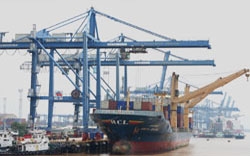 |
|
Cranes handle goods at Cat Lai Port in HCM City. The city's authority has called upon both local and international investors to participate in seaport projects. — Photo Ha Thai |
Nguyen Van Vinh, head of the Strategic Development Institute's Infrastructure Department, told a conference on Friday that the Ministry of Planning and Investment's draft regulations on PPP-infrastructure projects would be submitted to the government.
The PPP model involves mutually beneficial collaboration between the State and the private sector.
The government has made a commitment to use the PPP model in infrastructure projects.
There are 23 foreign direct-invested (FDI) projects in seaport development and services, with a total investment of $3.3 billion. Twelve of those projects are related to seaport construction.
Most of the seaport development projects are joint-venture projects.
Vinh said that seaports still did not manage the loading process well and were using out-of-date technologies that had kept capacity down.
Only some seaports, such as Da Nang's Tien Sa Port, Hai Phong's Chua Ve Port, HCM City's Tan Cang, VIC, Ben Nghe and Tan Thuan ports, are equipped with modern cargo loading equipment, including containers.
A master plan for seaport development approved by the prime minister calls for total cargo volume throughput to increase to 500-600 million tonnes per year by 2015, 800-1,100 million tonnes by 2020 and 2.1 billion tonnes by 2030.
Viet Nam needs about $4 billion to build an additional 15-20km wharves by 2020.
Speaking at the conference, Nguyen Chi Hung of the Viet Nam Maritime Administration, said that priorities would be given to ports that have larger vessels. These include Van Phong Port designed to handle 9,000-15,000 TEU container ships, Ba Ria-Vung Tau Port with 8,000-10,000 DWT ships, and 4,000-8,000 TEU container ships.
Building international-standard wharves are also a priority, including the 3,000 metre-wharf in Lach Huyen port that would receive 100,000 DWT ships, and a 600-metre-long wharf in Cai Mep-Thi Vai Port that would take 740,000 TEU container ships.
The government has completed legal documents and streamlined administrative procedures in order to attract more investment in seaport infrastructure and businesses.
Vuong Dinh Lam, head of the Viet Nam Maritime Administration, said the country had to seek investment from domestic and foreign economic sectors to meet infrastructure demand and pay for costs.
Viet Nam and Japan will sign a loan agreement on the development of Hai Phong seaport into an international gateway port, with total investment of $800 million, of which state capital is $600 million.
After upgrading, the Hai Phong seaport can welcome 100,000-tonne ships by 2014.
The country has more than 260 seaports, but they cannot receive ships with more than 50,000 tonnes, representing a loss of nearly $1.5 billion per year.
What the stars mean:
★ Poor ★ ★ Promising ★★★ Good ★★★★ Very good ★★★★★ Exceptional
Related Contents
Latest News
More News
- HSBC raises Vietnam's 2024 GDP growth forecast to 6.5 per cent (July 25, 2024 | 18:50)
- SPX and Frasers Property Vietnam open automated sorting centre in Binh Duong (July 25, 2024 | 18:38)
- Vietnam’s thriving market: a magnet for German investors (July 25, 2024 | 15:26)
- Japan to sponsor over 28 million USD for Can Tho city's smart city project (July 25, 2024 | 10:58)
- Imprints of Party Secretary General Nguyen Phu Trong in Vietnam-US relations (July 24, 2024 | 20:38)
- German textile maker opens thermal insulation factory in Long Thanh (July 24, 2024 | 19:22)
- Infrastructure importance emphasised for growth goals (July 24, 2024 | 17:42)
- UK on way to joining key trans-pacific pact (July 24, 2024 | 17:05)
- Japan designates staff to support companies doing business in Vietnam (July 24, 2024 | 14:20)
- German players leading wave of Euro investments (July 24, 2024 | 14:00)


 Tag:
Tag: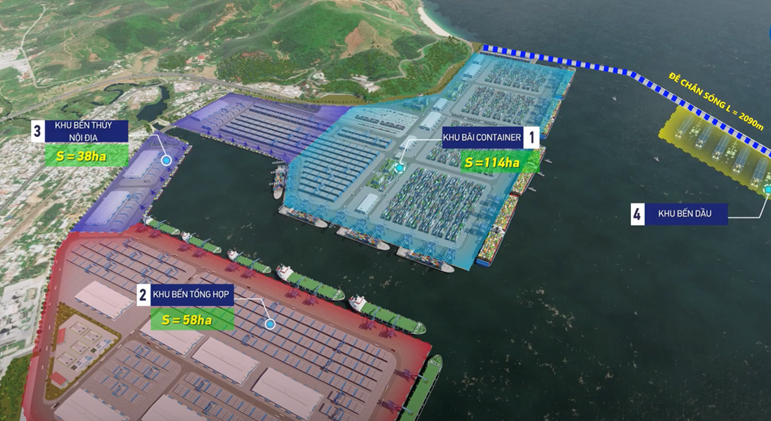
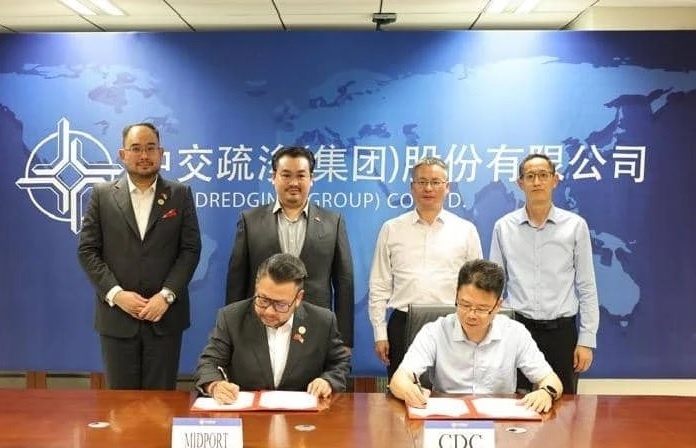
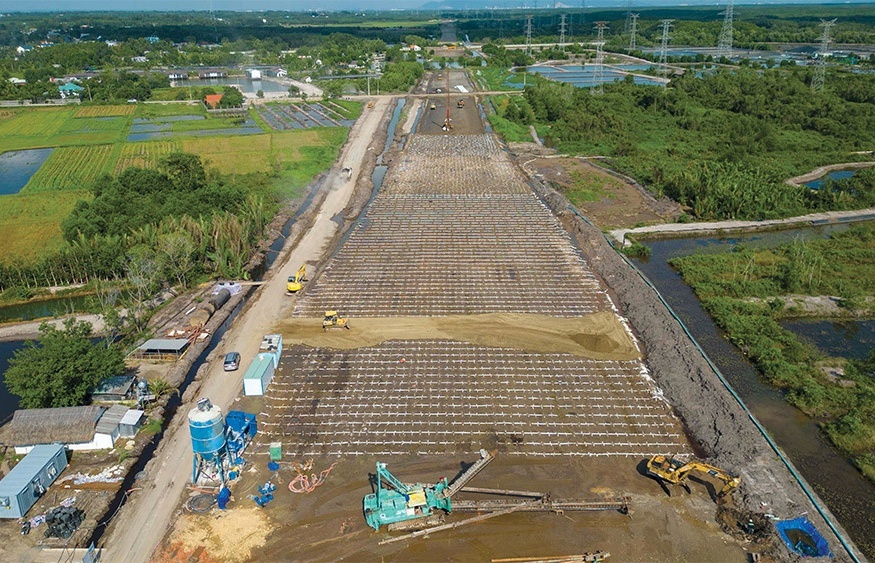
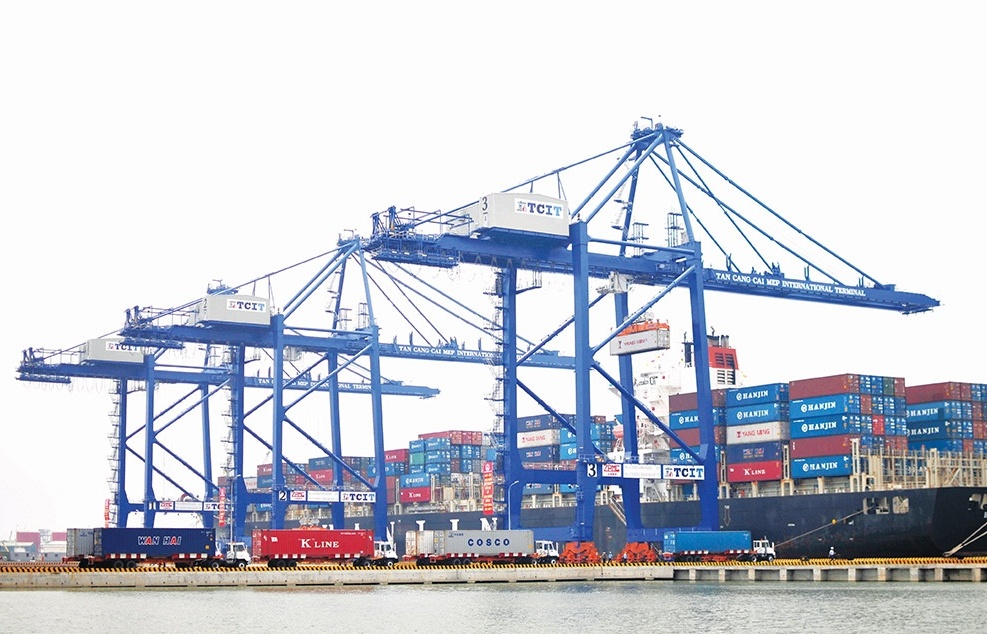
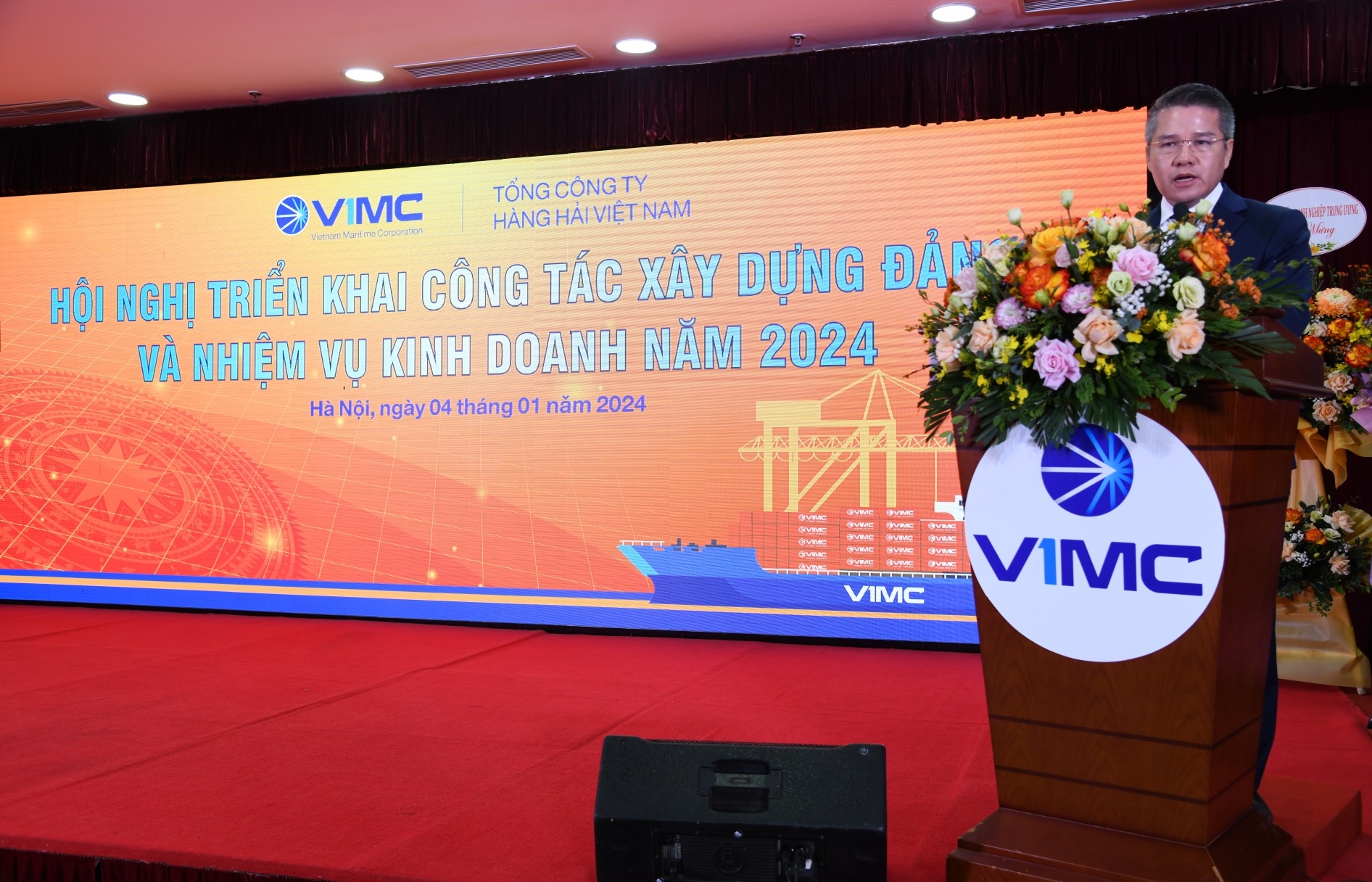
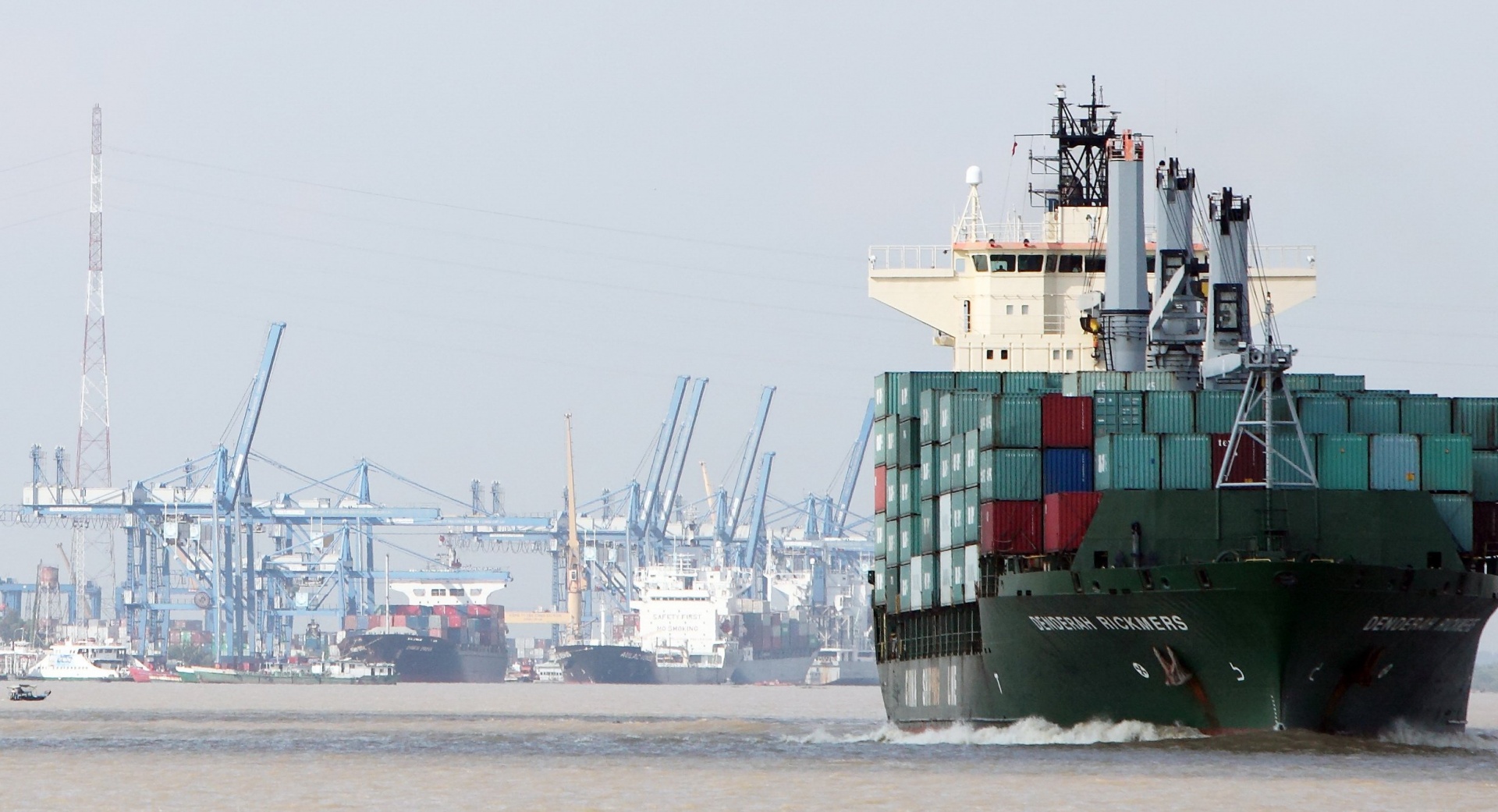

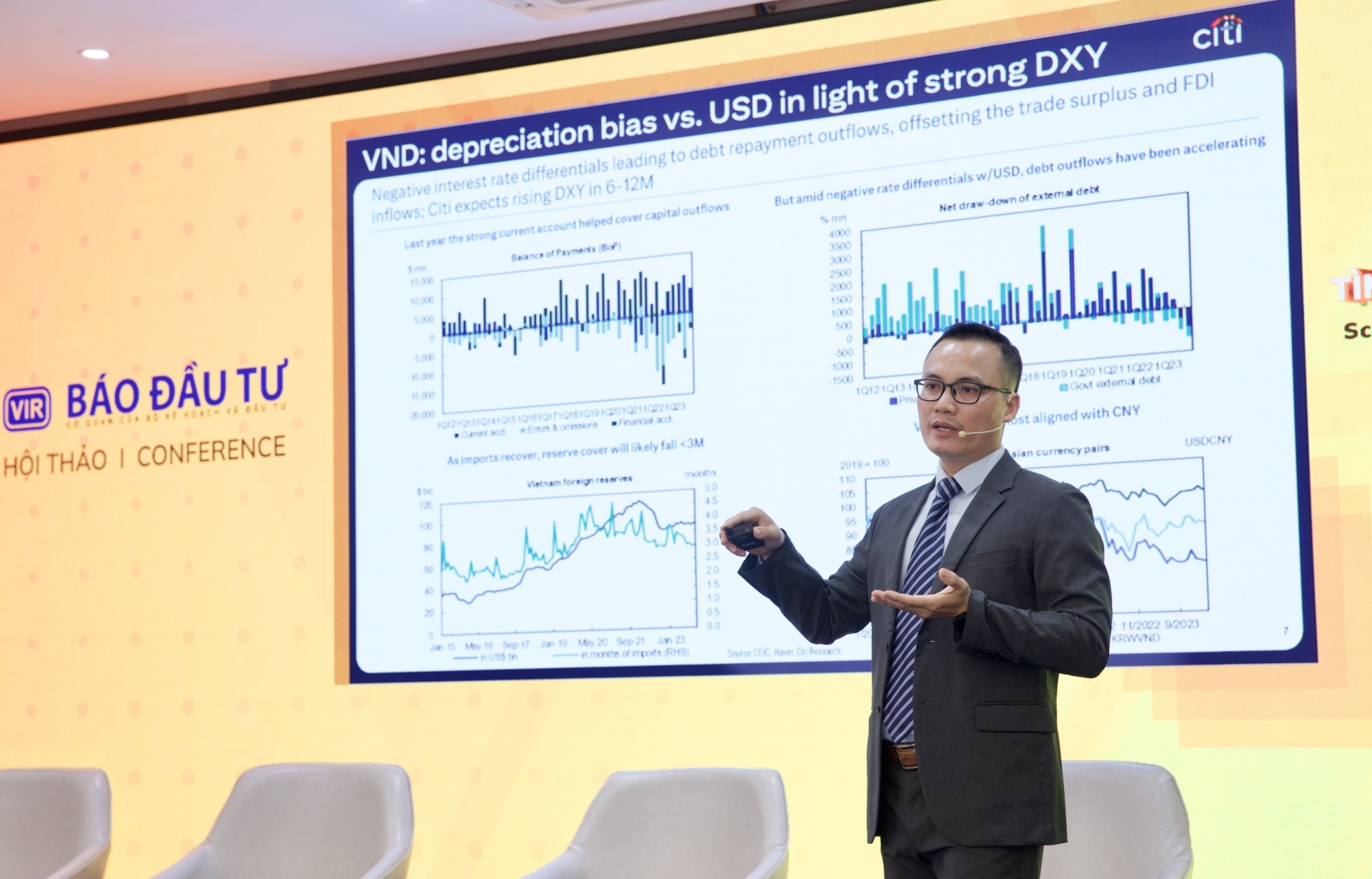
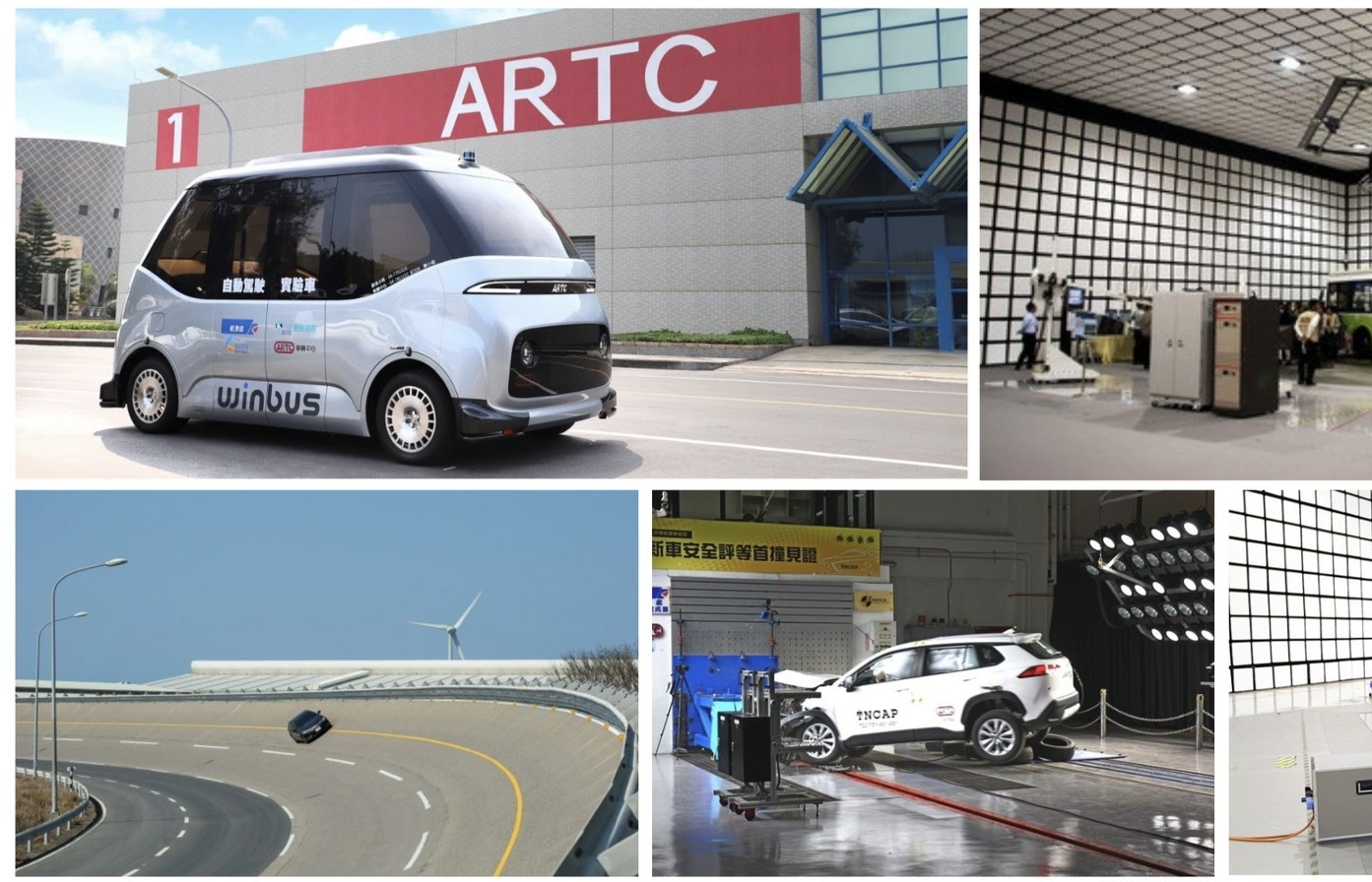
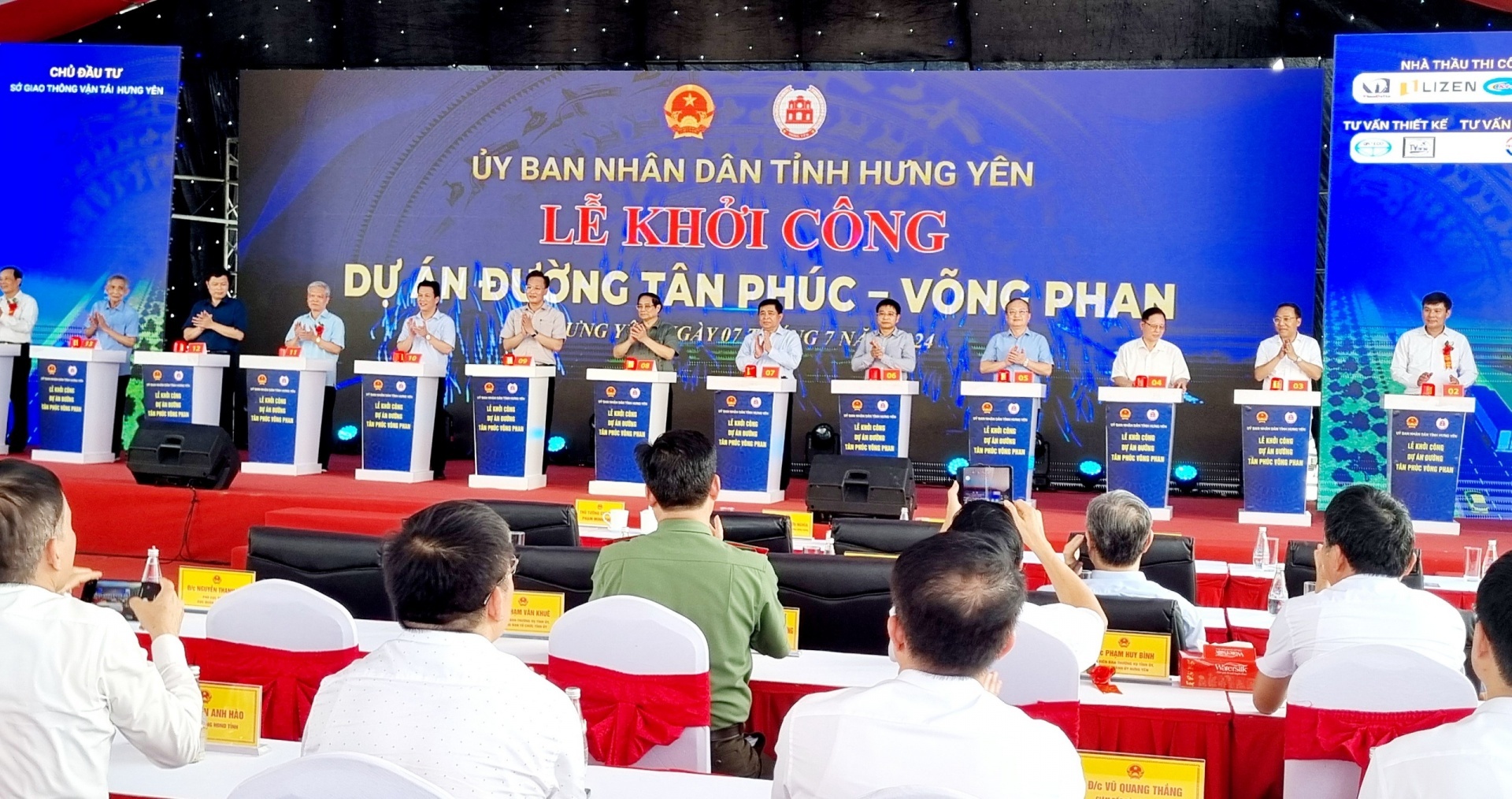





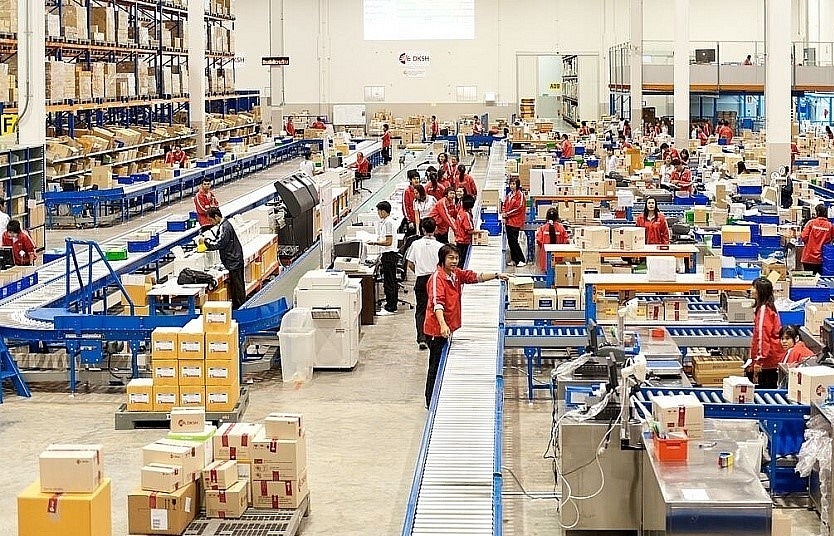
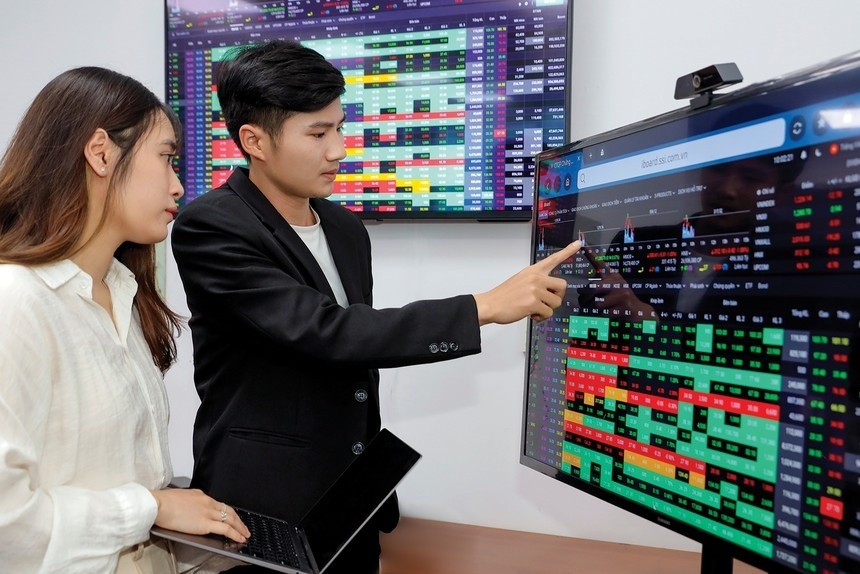





 Mobile Version
Mobile Version